The Spank Flare 25 handlebar uses Vibrocore technology, a foam inserted into the tubing that does exactly what it claims, reducing vibrations and improving comfort. The effect is most noticeable on higher frequency bumps, like rough roads or some gravel tracks. Installation is no different to a standard bar, although it is best to ignore the guide markings.
- 2021 Redshift Kitchen Sink handlebar review
- Ritchey WCS Beacon gravel handlebar review
- MT Zoom Ultralight gravel handlebar review
Spank produce a range of products with Vibrocore technology, almost all within the mountain bike sector. The technology is essentially foam injected into the core of aluminium tubing (or within the rim cavity for wheels) to reduce arm pump and arm fatigue. Two models of handlebar are available, the Wing 12, which has a 12-degree flare and Flare 25, which, as you might guess, has a 25-degree flare.
The Flare 25 is available in a wide range of widths. The ones on test are the narrowest at 420mm, measured centre-to-centre at the hoods. The sizes increase in 20mm widths right up to 520mm wide, which should give an option to suit all riders except those who prefer a narrow 400mm width.
The bar is installed in exactly the same way as a standard bar. Externally there is no difference, except perhaps the weight, which is a little heavier than most standard aluminium handlebars at 341g. However, when compared to other parts aimed at increasing comfort, the extra weight is not dramatic. The Redshift ShockStop Stem with built-in elastomers weighs 297g and costs £149, for example. The ShockStop Pro version recently tested reduces the weight slightly to 234g for a 90mm stem, but the cost increases to £240. A suspension fork could be a more extreme way of tackling comfort issues, but both weight and cost will increase further.
While fitment was identical to a standard bar, the guide markings printed on the bar, both around the stem area and especially where the shifters are installed, seem incorrect. The suggested angle to install means the flat drop section would be steeply angled and would in no way give a comfortable position for your hands. The markings for the shifters would also result in something akin to 1970's road bikes with a significant drop from the start of the drop to where the shifters are suggested to be installed. I chose to ignore the markings and install as I am used to, which had no detrimental effect but made lining the shifters up identically a little more involved.
I tested the handlebar immediately after removing the Redshift ShockStop Pro stem. With the impressive performance and cushioning offered, I expected to feel a decrease in comfort. However, the Vibrocore bar actually performed very well, albeit in more limited circumstances when compared to the Redshift. The most notable areas where the foam core works well are over higher frequency bumps, such as rough roads, back lanes, and some chatter on gravel or forest tracks. While they are effective and certainly give a noticeable improvement, I do not believe they provide any performance advantage in the way the ShockStop stem did.
The improvement was more in line with what you might expect from a roll of cushioned bar tape or gel inserts. The bar was installed using Spank Flare gravel tape pack, including gel sections. However, I tested with the top gel sections installed initially and later without, but keeping the gel section on the drop area, which allowed the opportunity to test with and without. While gel inserts or using a thicker bar tape certainly helps improve comfort, not everyone will like the increased handlebar diameter. There is a reduction in feel as the gel gives a small amount of movement that I personally do not like.
The handlebar costs £100, which may seem expensive or cheap depending on your angle of approach. Compared to other standard aluminium bars, especially at a similar weight, such as the PNW Coast, which is cheaper at £70 and a bit lighter. But when you compare to other components that claim to offer comfort, the price seems far more reasonable, especially if you are already considering changing your handlebar.
For some, the Vibrocore technology may seem like a gimmick, but it certainly does work and noticeably so. While it is not as effective as a moving part, such as a suspension stem or fork, it provides a cheaper and simpler change that has no moving parts, which some will value. It is no miracle cure, and the effect is most noticeable on roads rather than rough tracks, but for some people, the increase in comfort will undoubtedly be welcome.
You may also like:






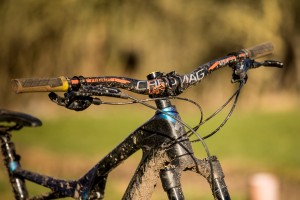

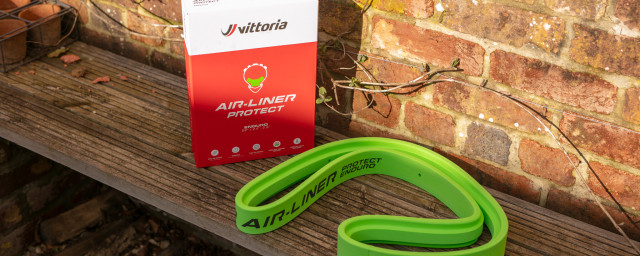
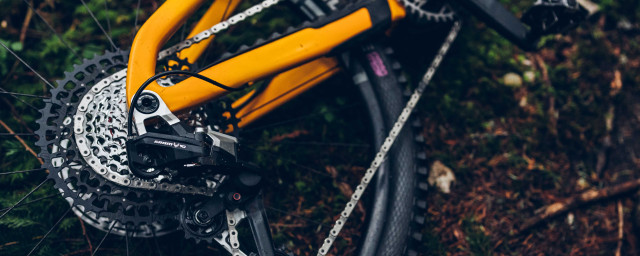

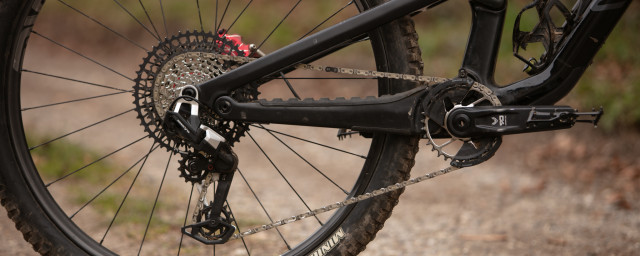
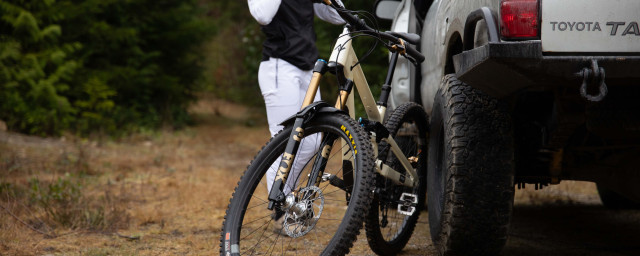
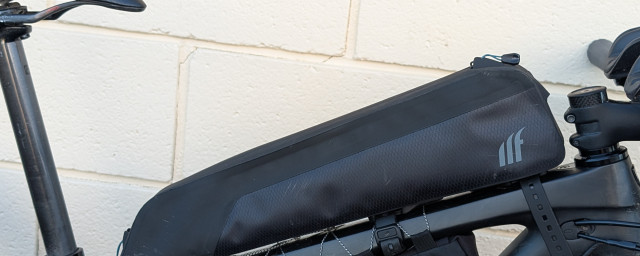
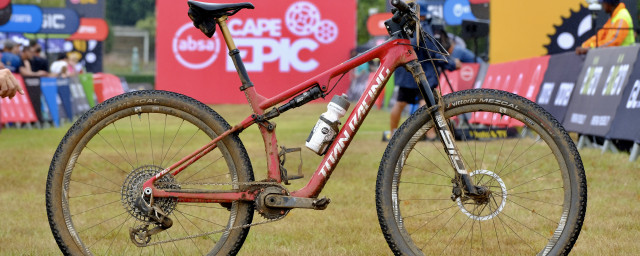

Add comment